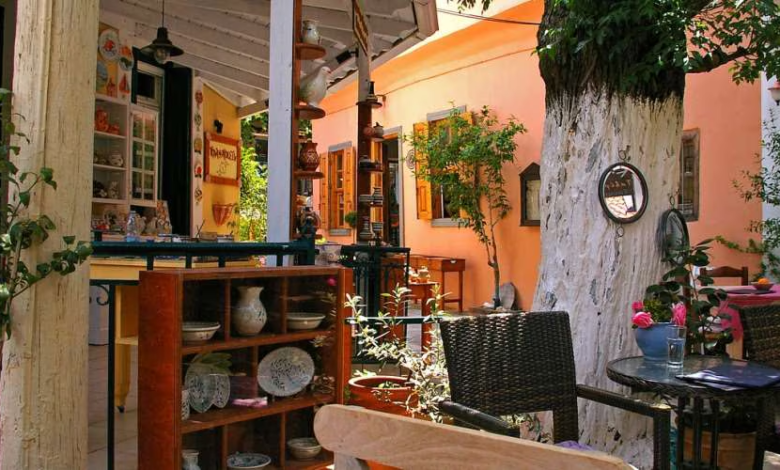Rediscovering the Culinary Legacy of Kolkata’s Colonial Clubs this Independence Day

News Mania Desk/Agnibeena Ghosh/14th August 2024
As India celebrates its 78th Independence Day, it’s a moment not only to honor the sacrifices made for freedom but also to revisit the cultural legacies left behind by history. One such legacy is the colonial clubs of Kolkata, which have played a significant role in shaping the city’s culinary landscape. These clubs, established during the British Raj, were more than just social gathering places; they were cultural epicenters that introduced and preserved a blend of European and Indian culinary traditions.
Kolkata, known as Calcutta during the British era, was a thriving cultural hub. The city’s colonial clubs, such as the Tollygunge Club, Bengal Club, Calcutta Club, and Dalhousie Institute, were founded to cater to the British expatriates and high-ranking Indian officials who had adopted British customs. These clubs were exclusive enclaves where the British could recreate the comforts of home, including the food they were accustomed to. The menus of these clubs featured classic British dishes like roast meats, pies, and puddings, which were often adapted to include locally available ingredients and spices, resulting in a unique fusion of flavors.
One of the most notable culinary introductions by the British was the concept of the “Sunday roast,” a meal that traditionally included roasted meat, potatoes, vegetables, and gravy. In Kolkata, this meal was often prepared with chicken or mutton, and spices were added to suit the Indian palate. This adaptation gave birth to Anglo-Indian cuisine, which has had a lasting impact on the city’s food culture.
Clubs like the Bengal Club, established in 1827, became symbols of colonial supremacy, where only Europeans were allowed. The exclusivity of these clubs was so strict that even prominent Indian figures, like Sir Rajendranath Mukherjee, were denied entry to the main dining room. Despite this, the influence of these clubs on Kolkata’s culinary scene was profound. They introduced European dishes such as New Zealand lamb chops, lobster thermidor, and prawn cocktail, which became staples on their menus and are still celebrated in the city today.
The French and Italian culinary influences were also evident in dishes like Devilled Crabs, Garlic Toast with Chateaubriand steak, and the famous Beckty Bell Meuniere. The introduction of these dishes to Kolkata’s colonial clubs created a blend of flavors that would influence the city’s cuisine for generations.
The legacy of Kolkata’s colonial clubs extends beyond savory dishes. The British also introduced Western-style baking techniques, leading to the establishment of iconic bakeries in the city. Pastries like tarts, éclairs, cream puffs, and sponge cakes became popular, often decorated with ornate designs and made with luxurious ingredients like butter and imported chocolate.
One of the festive staples during annual celebrations at these clubs was the lemon tart, a delicate pastry with a buttery crust filled with tangy lemon curd. Another favorite was the éclair, a choux pastry filled with rich cream and topped with a glossy chocolate glaze. These pastries, along with fruitcakes and plum cakes infused with rum or brandy, became synonymous with Kolkata’s Christmas celebrations.
The British also introduced formal dining practices, such as meals served in courses and the tradition of high tea, which featured a spread of sandwiches, scones, cakes, and tea. These practices were adopted by the Indian elite and became symbols of sophistication, further influencing Kolkata’s culinary landscape.
As we celebrate Independence Day, it’s worth reflecting on how these colonial clubs have shaped the city’s food culture, blending European and Indian traditions into a unique culinary heritage that continues to thrive in modern Kolkata.






